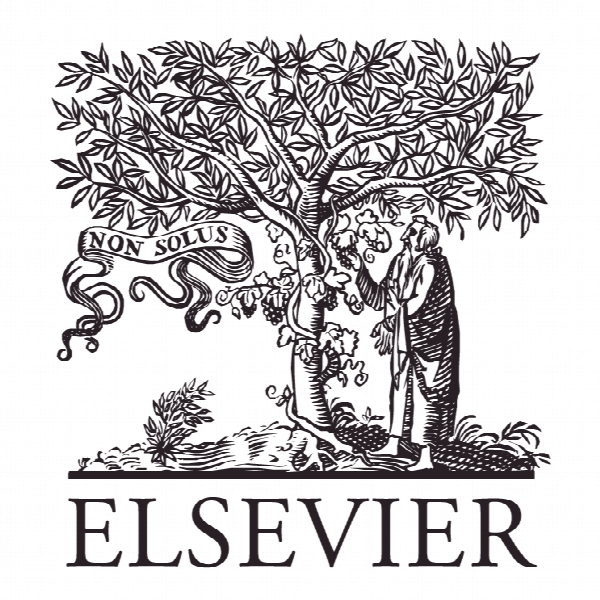به روز رسانی تصویربرداری در روماتولوژی – پیشرفت های اخیر Update on imaging in rheumatology – recent advances
- نوع فایل : کتاب
- زبان : انگلیسی
- ناشر : Elsevier
- چاپ و سال / کشور: 2018
توضیحات
رشته های مرتبط پزشکی
گرایش های مرتبط پزشکی داخلی، روماتولوژی، ایمنی شناسی، رادیولوژی
مجله دارو – Medicine
دانشگاه University College London Hospital – UK
منتشر شده در نشریه الزویر
کلمات کلیدی انگلیسی Arthritides; arthritis; arthropathy; imaging; inflammatory; magnetic resonance imaging; positron emission tomography; rheumatoid; rheumatological
گرایش های مرتبط پزشکی داخلی، روماتولوژی، ایمنی شناسی، رادیولوژی
مجله دارو – Medicine
دانشگاه University College London Hospital – UK
منتشر شده در نشریه الزویر
کلمات کلیدی انگلیسی Arthritides; arthritis; arthropathy; imaging; inflammatory; magnetic resonance imaging; positron emission tomography; rheumatoid; rheumatological
Description
Introduction Plain radiography has in the past been the primary imaging tool for investigating arthropathies. Radiographic features of the various types of arthritis have been extensively described in the literature and previously in this journal. However, structural bony changes, such as sclerosis and erosions, seen on radiographs, occur late in the course of disease, and early changes are not apparent. The sensitivity of plain films is low, and disease activity cannot be adequately assessed. Pelvic and lumbar spine radiography incurs a relatively high dose of ionizing radiation; for example, the dose from an anteroposterior radiograph of the pelvis is 35 times that from a chest X-ray. It should therefore be avoided where possible, particularly in children and adolescents. Magnetic resonance imaging (MRI) and ultrasonography are being increasingly used to aid early diagnosis of arthropathies, and this facilitates early treatment that may prevent progression to irreversible structural damage. Here we describe recent advances in the imaging of rheumatological diseases. For a more in-depth review of the role of ultrasound, the interested reader is referred to the dedicated ultrasound chapter (10.1016/j.mpmed.2017.12.010) in this publication. Magnetic resonance imaging MRI has emerged as the most sensitive imaging modality for detecting arthritis and discriminating between acute and chronic inflammation. In recent years, substantial technical advances have been made in software and hardware, such as phased-array coils, higher performance gradients, parallel imaging and advanced post-processing techniques. This has led to reduced scan times and improved image quality. Other advances include isotropic three-dimensional (3D) imaging techniques, which reduce partial volume artefacts and allow reformatting in multiple planes for improved visualization of anatomy and pathology. High-field strength systems (e.g. 3T MRI) are increasingly used in clinical practice, providing better spatial resolution and signal-to-noise ratio.


